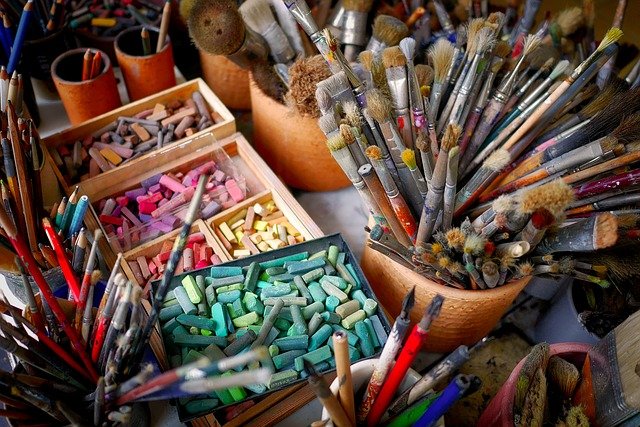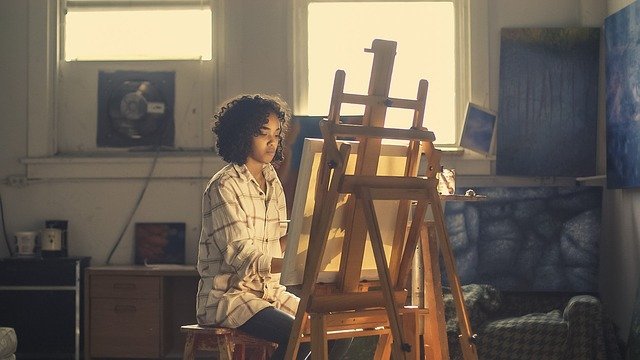A blockchain-based platform, Verisart, aims to use the technology to not only protects artists’ work, but to also possibly revolutionize the art industry as a whole.
Art is a multi-billion dollar industry. However, based on a recently released report, online sales only contribute 8% to this total, which amounts to approximately $5.4 billion. With the world digitizing itself at a rapid pace, online sales of art is a niche market that is yet to take off.

According to The National, one factor that could hinder this is the lack of provenance, or determining the origin of art pieces. This is something that Philip Colbert, a British artist, is well aware of. Colbert explained:
I had a dealer in Japan who had been telling me I needed to have better forms of certification for my artwork, because people are buying art as an investment. Art is a currency in a way; at the end of the day when they come to auction, the provenance is a very important element of their value.
Fraudsters Cashing In
Colbert is not alone. Verification is a real issue, the lack of which has contributed to the annual $6 billion fraud factor within the industry. Rob Norton hopes to change this with his Bitcoin blockchain-based platform, Verisart, which will verify artwork by allowing artists to create a record of all of their pieces.
Norton explained that because “there’s a higher hurdle of trust that you have to clear [when it comes to art], you have to know that what you’re buying is real. Art is the second-largest unregulated market after illicit drugs and it’s significantly overshadowed by fraudulent activity. You can accelerate trust and liquidity by providing better standards for verifiable, global certification.”

Benefits of Customization
US-based Verisart has been in the art verification industry since 2015. However, their initial app wasn’t successful, as Norton explains:
We were a little bit early, we were figuring out where the market was, getting feedback from artists, and building a platform that people could use. Now increasingly working with partners, those certificates can be customized.
Colbert has been able to use this customization option to upload a small replica of his artwork, or an image hash, in addition to stating details such as its provenance, movement and ownership, and whether it has been featured in any exhibitions.
What the Blockchain Future Might Hold
According to Norton, the benefits of blockchain, such as immutability and security, relieves a lot of the stress that goes along with purchasing art. He goes on to say:
The blockchain is a more efficient method of verification. You’re not worried about the authentic value of your work, because it’s all about locking down the time and place. Then all those fakes aren’t doing you any damage. All those fake Mona Lisas don’t do the Mona Lisa any harm.

Blockchain technology also opens the doorway to creating a global and comprehensive decentralized art registry. Norton elaborated:
Over time, different registries will be able to share those image hashes and you could consolidate and build effectively a decentralized art registry. There won’t be just one registry out there for all the art and collectibles’ markets but we do see the basis to build a decentralized title registry on the back of image hashes and cryptographic proofs.
Another blockchain-based platform, Codex, also wants to be a part of the online art revolution. The platform, supported by Pantera Capital, will not only act as a decentralized registry for art pieces and collectibles, it will also offer a space for buyers to bid in art auctions and pay with cryptocurrencies.
Not just for crypto
As blockchain technology is being integrated into more and more industries, its quite obvious to see that it offers so much more than just being the supporting structure for virtual currencies.
It has developed into a lucrative industry in its own right, with massive corporations like Google, Microsoft, and IBM working on blockchain-based initiatives.
Do you think that blockchain technology has the potential to revolutionize the art industry? Let us know in the comments below!
Images courtesy of Pixabay and Shutterstock.
The post Blockchain Could Solve One of the Art Industry’s Biggest Problems appeared first on Bitcoinist.com.
